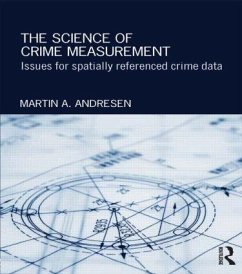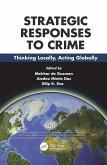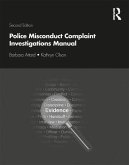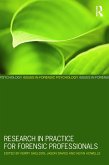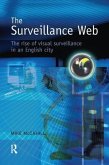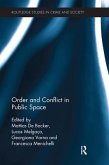Crime statistics are ubiquitous in modern society - but how accurate are they? This book investigates the science of crime measurement focussing on four main questions: how do we count crime? How do we calculate crime rates? Are there other measurements of crime? What are the issues surrounding crime statistics? All too often we take the measurement of crime at face value when there is, in fact, a science behind it. This book specifically deals with issues related to spatially-referenced crime data that are used to analyse crime patterns across the urban environment. The first section of the book considers alternative crime rate calculations. The second section of the book contains a thorough discussion of a measure of crime specialisation. Finally, the third section of the book addresses a number of aggregation issues that are present with such data: crime type aggregations, temporal aggregations of crime data, the stability of crime patterns over time, and the importance of spatial scale. This book builds on a growing body of literature on the science of crime measurement and offers a comprehensive account of this growing subfield of criminology. The book speaks to wider debates in the fields of crime analysis, environmental criminology and crime prevention and will be perfect reading for advanced level undergraduate and graduate students looking to find out more about the measurement of crime.

